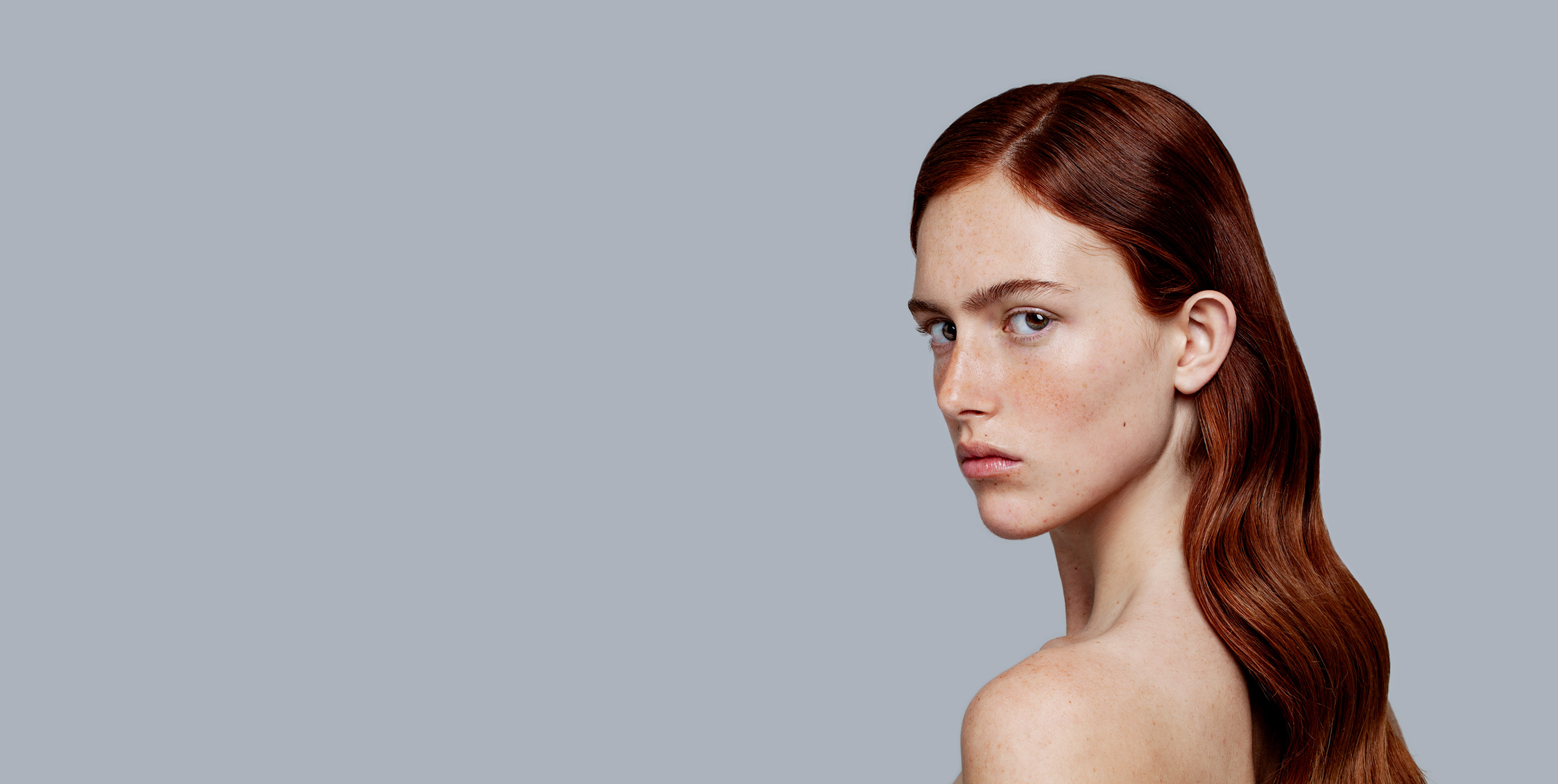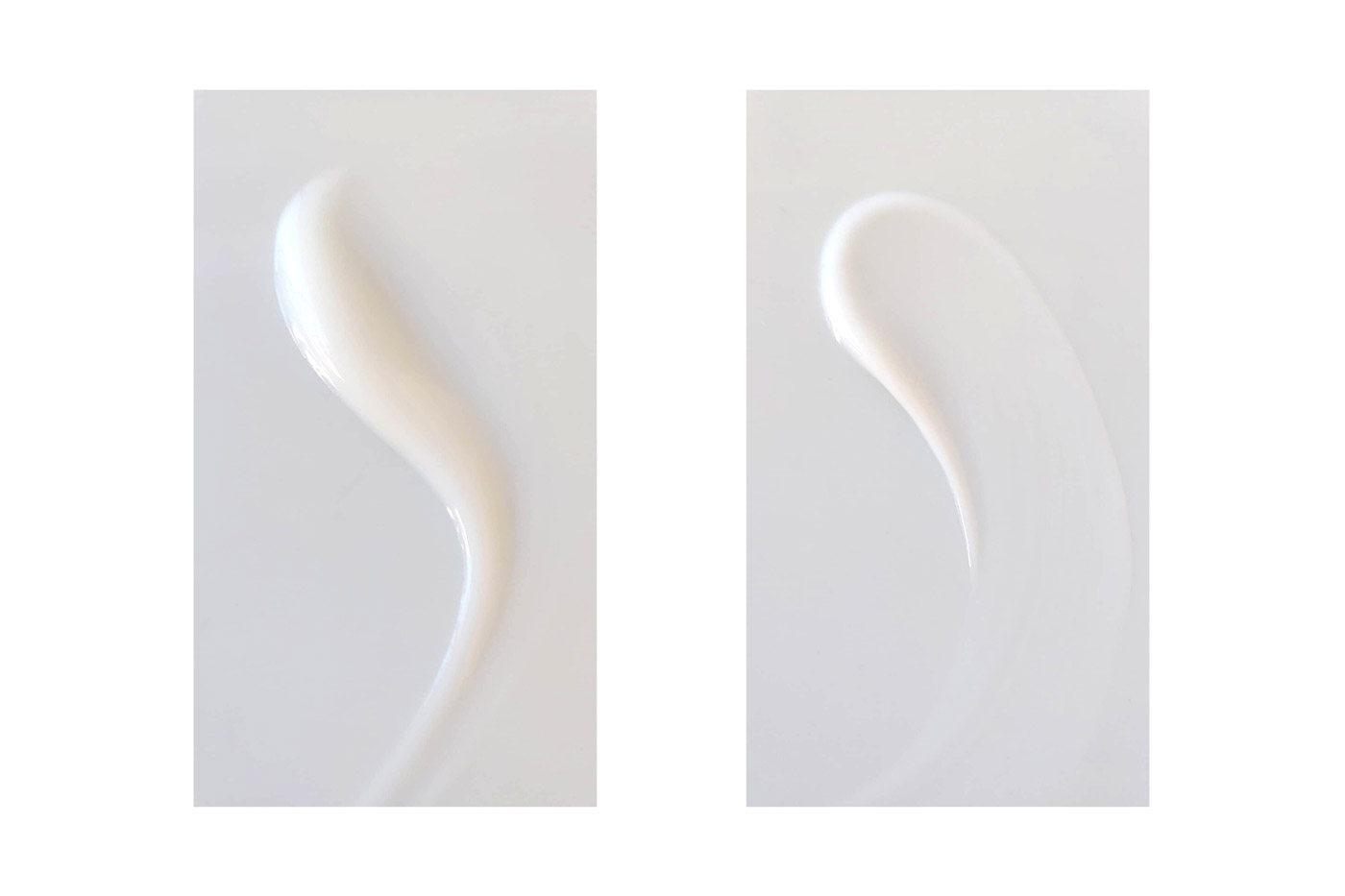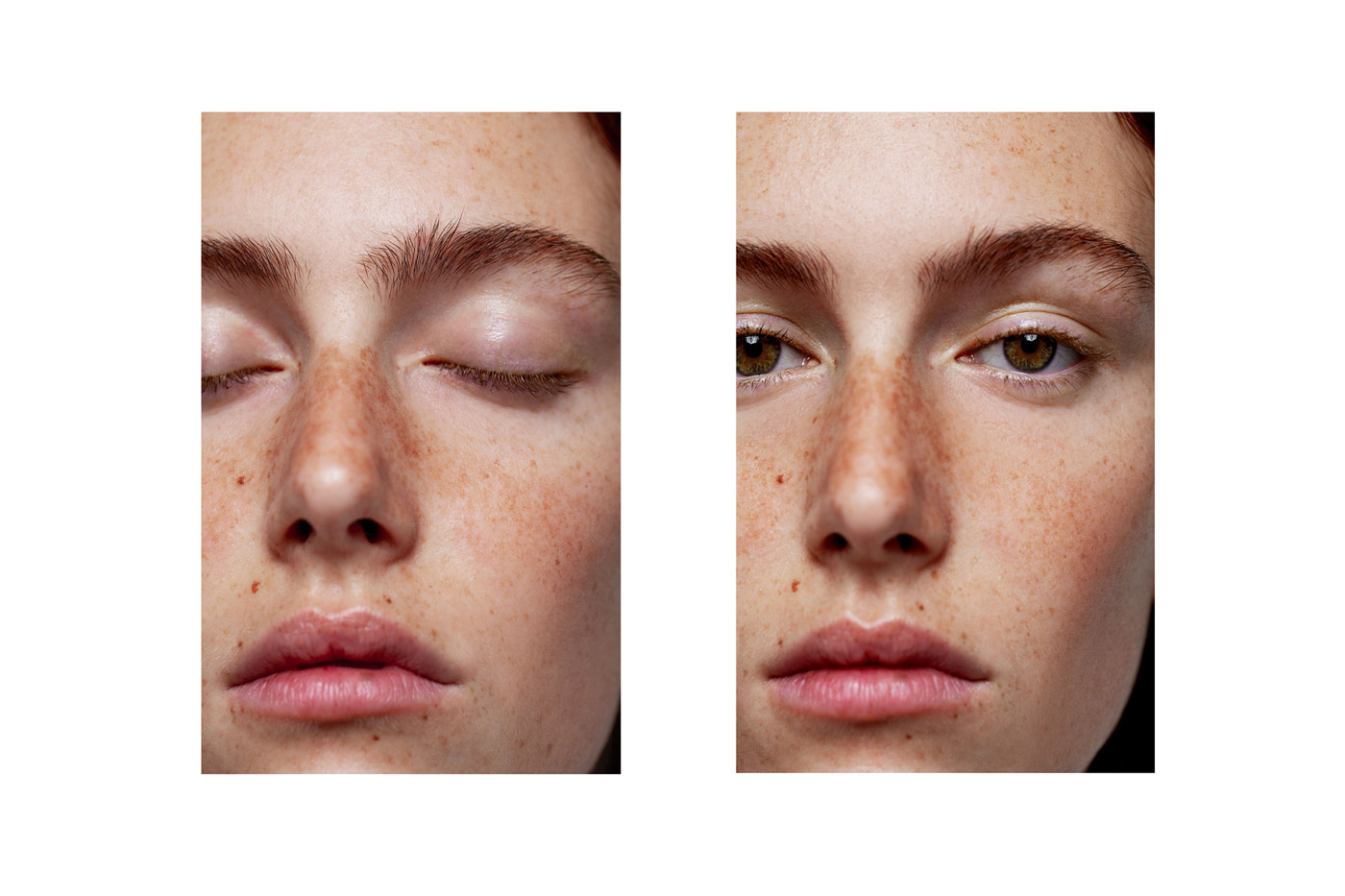When they ask me ‘Which is the best facial cream for me’ I will never ask ‘How old are you’ because in the vast majority of circumstances, I will not need this information.
Age might be one of many factors that affect our skin, but it’s not the only one and certainly is not the most important one. Most of us have heard about the four skin categories: Dry, oily, combination, sensitive. This categorization took part at the beginning of 1900 from “The Empress of Beauty” herself, Helena Rubinstein (1). The remarkable fact is that this “categorization” for over one century is one of the most convenient ways to cover your basic cosmetic needs.
What is my skin type? Let’s refer together to some very useful information that will help us answer this question.

In order to understand skin types, let’s have a look at our skin (2). Skin is one very basic organ, which covers all our body. It basically consists of three large parts: (a) Epidermis: It is the outside layer of the skin and it’s mostly comprised of squamous keratinocytes. (b) Dermis: It is a fibrous, elastic tissue that supports epidermis, in which collagen and elastin are located. (c) Hypodermis: It’s the deepest skin layer which consists largely of pads of adipose tissue.
Skin alters its thickness and texture in different parts of the face. For example, the eyelid and eyebrow might be in proximity, but the skin of the eyelid is soft, thin, with fine hairs in contrast to the eyebrow, which displays thick skin and coarse hairs. On the cheeks and forehead, skin is soft, with fine hair and sebaceous glands.
With technology development, we have increased our knowledge about skin functions. This is why Helena Rubinstein’s skin type classification is enough only up to a basic point. Updated models, make easier to identify specific needs, so they simplify the selection of more personalized products.
Let’s check together this approach.

One of the updated skin-type models (5) specifies four “dichotomous parameters”. These parameters are:
- Oily to dry; Skin’s ability to control moisture is regulated by epidermis composition, especially from its upper layer which is the skin barrier. Levels of stratum corneum lipids, sebum, natural moisturizing factor amino-acids and aquaporin are considered to be the most important factors that regulate moisturization. Moreover, skin barrier not only regulates moisture, but it also keeps water tightly in (ceramides, fatty acids, cholesterol). The balance amongst all these ingredients defines skins capacity to maintain water. Proper moisturization has great importance in preserving a beautiful skin. There are specific materials that reinforce stratum corneum and provide holistic and long-term hydration. Silver birch bark extract, Hydrogenated lecithin and the exceptional Opuntia (prickly pear) oil are three very effective materials. All three of them are included in the formula of our serum Helios. Moreover, low molecular weight hyaluronate in our Gardenia formula passes through the stratum corneum and penetrates the deepest into our skin.
- Sensitive to Resistant; Resistant skin type is characterized from a potent stratum corneum. On the other side, sensitive skin has a tendency for: Acne, redness, itchiness and allergies. Ingredients that sensitive skin types love are panthenol, that relieves from irritations, and prickly pear oil, which repairs the skin barrier and reduces the possibility for irritations. This was the reason that both of them are included in Helios formula, a serum dermatologically tested especially for the sensitive skin.
- Skin Pigmentation. Pigmented to nonpigmented; Be aware, this parameter is not about skin colour, but refers to the proclivity to develop unwanted hyperpigmentations (freckles, blotches). Maybe you have heard the term melanine, a very useful molecule. It is responsible for the colour of our hair and has a protective action for UV. Melanine is produced by melanocytes and is transported to keratinocytes. In some cases, either more melanocytes will be produced locally (blotces) or melanocytes will produce more pigment (freckles).
- Skin aging. Wrinkled to tight; Skin aging is a dynamic process and is affected from many endogenous and exogenous factors. For endogenous (natural tendency of the body) cosmetology can not do too many things. But exogenous factors play a much more important role than we think. Here we will indicatively mention only UV radiation, which is considered one of the most important causes of cellular aging (6, 7). Materials such as atelocollagen found in our own Gardenia and niacinamide found in Jasmin face cream can prove to be valuable allies. Especially niacinamide can be used without fear even by the most sensitive skin. Of course, more effective materials exist, like phytocodine which is included in Helia eye cream. Simply put, they are natural rebuilding peptides with matrikine-like action. They stimulate metabolic pathways so that the body can produce and repair collagen and elastin on its own.
From the combinations A to D we immediately notice that the separation is not so simple. By grasping only the edges of each parameter, skin types can be divided into 16! For example: When observing a person’s face we see that: has A) tendency sebum production, B) pimples C) freckles D) It has no wrinkles, then the specific skin type is: Oily, sensitive, prone to hyperpigmentation and tight.

Each skin type needs individual products in order to keep our skin healthy (most importantly), but also pleasant to the touch.
The consumer is bombarded with products and informations, so it’s very normal to get confused. It goes without saying that together we will study many sources of updated knowledge that will help us choose the right cosmetics for us. And because comprehensive consumer information is very important to us, in the descriptions of all cosmetic products of the KALYKA series you will find every detail about their ingredients and their most efficient application.
References:
- Cosmetics and Skin: Helena Rubinstein (1930-1945)
- “Basic histological structure and functions of facial skin” Oktay Arda, Nadir Göksügür, Yalçın Tüzün, Clinics in Dermatology (2014) 32, 3–13
- Baumann L. “The Skin Type Solution.” New York: Bantam Dell, 2006
- Baumann L. “Baumann Skin Type Indicator- A novel Approach To Understanding Skin Type” Handbook of Cosmetic Science and Technology, Chapter: Baumann Skin Type Indicator, 2014, Howard Maibach ed.
- Baumann L. “Understanding and Treating Various Skin Types: The Baumann Skin Type Indicator” Dermatol Clin (2008) 26, 359–373
- Kosmadaki MG, Gilchrest BA. “The role of telomeres in skin aging/photoaging.” Micron 2004;35(3):155–159.
- Kappes UP, Luo D, Potter M, et al. “Short– and longwave UV light (UVB and UVA) induce similar mutations in human skin cells.” J Invest Dermatol 2006; 126(3):667–6
